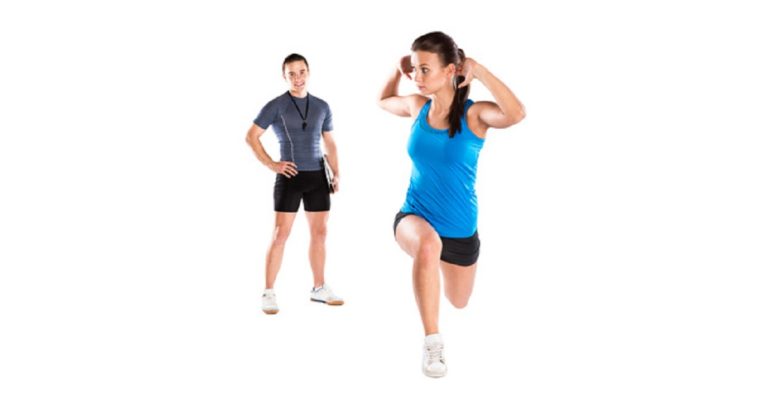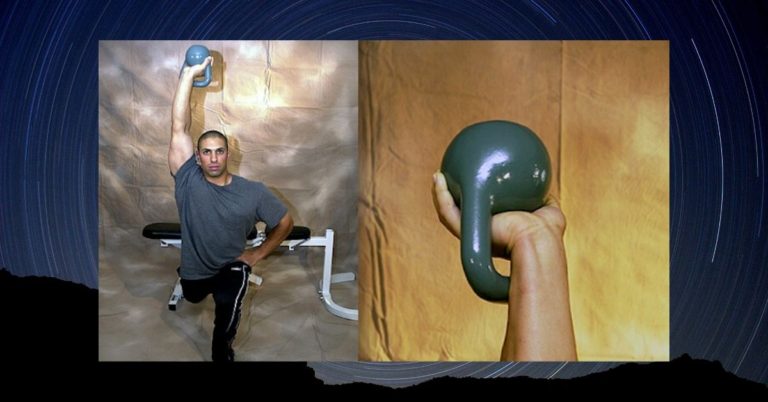When it comes to counting reps, how you do it can make a difference in both performance and motivation. According to Charles Staley, creator of the Escalating Density Training System, counting down is psychologically easier than counting up. Knowing how many reps remain keeps you focused on the task ahead rather than dwelling on what’s…
My recent post on aluminum coffee pots sparked some interest (read it here). Some people have asked whether cooking with aluminum foil poses similar health concerns. A study published in the Journal of Environmental Protection and Ecology (DOI: 10.1016/S1452-3981(23)19556-3) examined this issue—and the results are concerning. What the Research Says Researchers tested aluminum leaching from…
Q: Hey John Paul, Take a look at this photo of Jessica Biel. That’s how I want to look by January 1st. My husband and I are heading to the Caribbean for a well-needed vacation! I’ve had a couple of kids, and with 40 around the corner, I’m tired of feeling flabby and weak. It’s…
To maximize intra-abdominal pressure (IAP) during strength training, research indicates that you should breathe deeply (about 75% of maximum) into your belly and hold that breath throughout the rep, exhaling only after completing the movement. This technique provides optimal spinal support, enhances strength, and reduces injury risk. Breathing and Athletic Performance Proper breath control isn’t…
If there’s ever a time not to draw in your navel, it’s during exercise. In fact, this practice should be abandoned altogether unless used for specific rehabilitation purposes. “Sucking in your gut” shifts emphasis away from the working muscles in most gym movements and can actually lead to injury. Yes, keeping the core tight is…
A classic debate among fitness professionals is whether the abdominals should be divided into upper and lower sections. Some experts argue that the abdominals function as a single muscle, with no distinction between upper and lower portions. However, research suggests otherwise—you can selectively recruit different segments of a muscle depending on the type of exercise…
If you want to build a serious set of abdominals, make sure to include these foundational exercises—and their variations—into your routine: squats, deadlifts, pull-ups, and standing overhead presses. These multi-joint movements demand strong abdominal engagement to stabilize the core, especially under heavy loads. It’s not uncommon to hear people complain of abdominal soreness a day…
More people are concerned about their midsection than any other body part. The core comprises roughly a third of the body, yet it receives full attention in the gym. Sporting a great set of abs is high on anyone’s list. Let’s face it—if the core is in shape, the whole body is in shape! The…
A single-leg squat is a rear-foot-elevated split squat performed on a high surface like a bench rather than a step. It’s a great exercise for stretching the hip flexors, but you can enhance the effect by extending the arm on the same side as the elevated leg while holding a weight. I call this variation…
People often ask if I have a nutritional vice. I suppose I have two, but I don’t consider them that bad. I enjoy a glass of red wine with dinner on the weekends, and every day, I have a double espresso with breakfast, followed by a single shot after lunch, and sometimes after dinner. I…










